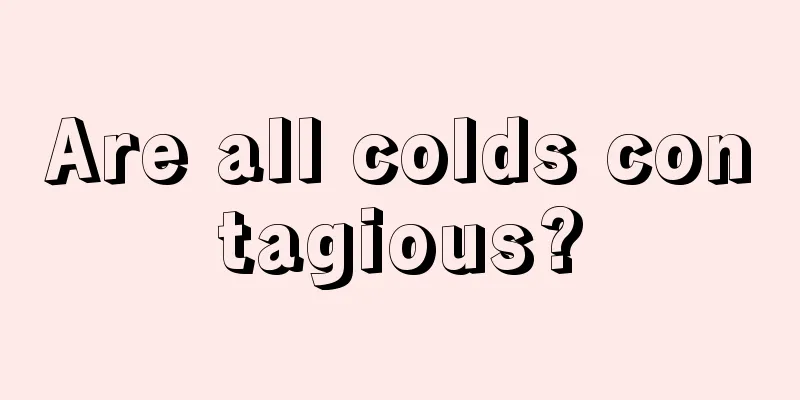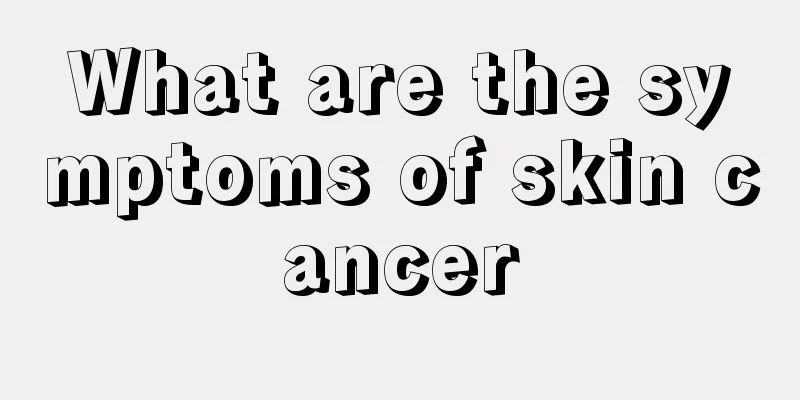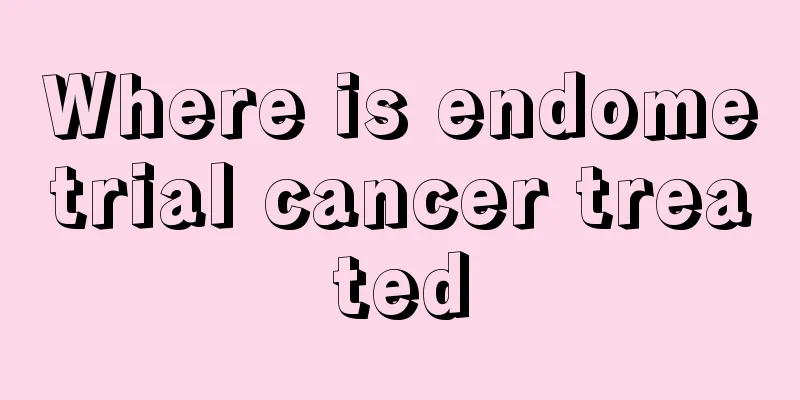What are the first aids for hypocalcemia

|
The occurrence of hypocalcemia can cause great harm to patients. If timely emergency measures are not taken, it may even be life-threatening. Therefore, scientific treatment is necessary. If convulsions occur, calcium chloride or calcium gluconate injections can be used. 1. First aid measures Severe hypocalcemia can lead to hypocalcemic crisis, which is life-threatening and requires active treatment. 1. 10% calcium chloride or 10% calcium gluconate 10-20 ml (10 ml calcium gluconate contains 90 mg elemental calcium), slowly push intravenously. If necessary, repeat within 1 to 2 hours. 2. If the convulsions do not stop, add 20-30 ml of 10% calcium chloride or 10% calcium gluconate to 1000 ml of 5%-10% glucose solution and continue intravenous drip. The speed is less than 4 mg elemental calcium/(h·kg) body weight. Check blood calcium 2 to 3 hours later and it should be around 2.22 mmol/L (9 mg/dl), which should not be too high. 3. The effect of calcium supplementation is not good. You should pay attention to whether you have hypomagnesemia and supplement magnesium if necessary. 4. When symptoms improve, you can switch to a high-calcium diet and take oral calcium supplements plus vitamin D (nutritional vitamin D or active vitamin D). 2. Disease Prevention 1. Actively control the primary disease and have regular physical examinations. Hypocalcemia is common after thyroid or parathyroid surgery. 2. Increase sun exposure, proper nutrition, and prevent malnutrition-induced hypocalcemia caused by weight loss, chronic diarrhea, etc. 3. Calcium supplementation is not a panacea. Menopausal women or osteoporosis patients who take calcium and vitamin D preparations for a long time should drink plenty of water and regularly test blood calcium and urine calcium levels to prevent calcium supplementation from causing hypercalcemia. 3. Expert opinions When serum protein concentration is normal, blood calcium below 2.2mmol/L (or 2.1mmol/L) is called hypocalcemia. Hypocalcemia often has no obvious clinical symptoms. However, a rapid drop in blood calcium concentration or persistent hypocalcemia can cause severe neurological and cardiovascular symptoms, which can be life-threatening in severe cases. Generally, hypocalcemia is accompanied by a primary disease. Active treatment of the primary disease, calcium supplementation, proper exercise, daily sunshine, and reasonable nutrition can prevent its occurrence. However, excessive calcium supplementation should be avoided to avoid hypercalcemia. |
<<: It turns out that horizontal lines on a man's forehead have these meanings
>>: What causes headaches due to low blood calcium?
Recommend
MRI can be used to assist in the examination of prostate cancer
How should prostate cancer be examined? Currently...
Is prostate cancer contagious?
Once prostate cancer occurs, it is very difficult...
Can you have children in the early stages of nasopharyngeal cancer?
Some cancer treatments can affect fertility, but ...
The harm of washing hair with rice water
Rice water has certain nutritional value. It cont...
Causes and solutions to restlessness
If a person is always irritable and restless, it ...
Can people with hyperthyroidism eat purple sweet potatoes?
Purple sweet potatoes contain a large amount of s...
How to cleanse the intestines and detoxify in the morning?
It is easy for toxins to accumulate in the human ...
Early endometrial cancer blood test
We all know that if we want to better diagnose ce...
How much does it cost to reexamine nasopharyngeal carcinoma
With the continuous development of science and te...
Will breast hyperplasia nodules move?
Hyperplastic breast nodules may be somewhat activ...
Can I eat mango after miscarriage
Can you eat mangoes after miscarriage? This is a ...
There is a transparent jelly-like substance after urinating
Everyone excretes many times a day. If a person d...
How to preserve shepherd's purse?
Celery is a very delicious wild vegetable in spri...
Can advanced pancreatic cancer be cured?
As pancreatic cancer worsens, the effectiveness o...
Sports Sunglasses
Sports sunglasses are mainly a common type of sun...









